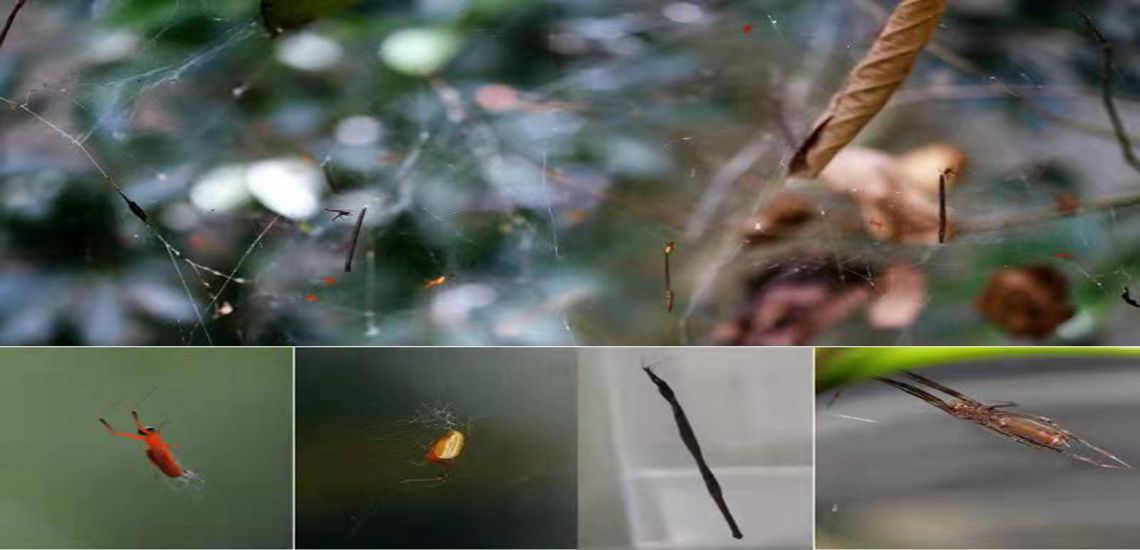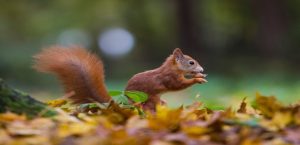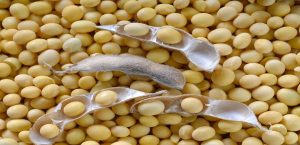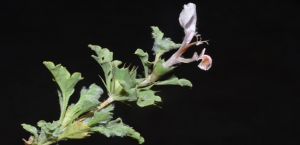Abstract:
Camouflage consists of all strategies involved in concealment, including prevention of detection and recognition crypsis. It represents a functional behavior aiming at predator avoidance or/and achieving foraging success. Much is known about individual organism camouflage as it is extensively studied across animal taxa, however, jointed camouflage, a camouflage that involves two different organisms (e.g., parent and offspring), is poorly understood. Hence, we carried out a study to fill this knowledge gap using a permanent social spider Philoponella alata (Araneae: Uloboridae). Aimed to examine the similarity between mother and ootheca, we first quantified the coloration and morphology matching between mother and ootheca during the ootheca guarding period. The results showed that mother well matched with her ootheca in both color reflectance (through color change from bright orange to dark brown) and morphology (through both physical and behavioral adjustments), these results suggested the existence of mother-ootheca joint camouflage in P. alata. Second, to test predator avoidance function of the mother-ootheca joint camouflage, we examined the survivorship variations among mother, ootheca and mother attached with ootheca when facing the predator (a jumping spider Portia fimbriata). The results demonstrated that the ootheca perfectly avoided the predator (100% survivorship), while the mother alone suffered 2.3 times of predation mortality than the mother attached to her ootheca. These results suggested that the ootheca might provide protection for the ootheca-guarding mother through reducing her possibility of being detected by predators. Third, in order to investigate what benefits the mother may provide for the ootheca, we examined the mother’s functions in: a) new hatchling emergence and b) ootheca cannibalism protection from other individuals of the same colony. The results indicated that the new hatchling emergence did not depend on mother’s attendance, while the mother was tremendously vital in preventing ootheca cannibalism, especially when food supply was inadequate. These results suggested that the mother might protect the ootheca from being cannibalized by surrounding individuals of the same species. In order to investigate the costs that the mother has to afford to guard the ootheca, we experimentally examined foraging success differences among subadult females, matured females and females in ootheca guarding period. The results indicated that the ootheca guarding females remarkably decreased their foraging efficiency compared with the matured females. This may reflect as a consequence of the body color change sacrificing their prey (house fly) attraction efficiency. For the first time, we experimentally studied mother-ootheca joint camouflage, which may exist universally in species that provide egg/ootheca/offspring guarding, such as web building spiders. In addition, joint camouflage might also exist between male and female (for long term mate guarding species), between an organism and its produced substance (such as the bird dropping spider), and within the symbiotic species.
Speaker: Dr. Zhanqi Chen
Affiliation: XTBG
Time: Sept. 14, 2021
Venue: 瞩目会议平台 会议 ID:135 871 8714 会议密码 PWD:666666
视频下载Download Link链接: https://pan.baidu.com/s/18X_J_E3TeP5jUGtfxVLx9g Pwd提取码: 6v86
瞩目ZHUMU
会议 ID:135 871 8714
会议密码 PWD:666666
国内用户下载地址Download address for domestic users:https://zhumu.com/download
国际用户下载地址Download address for international users:https://zhumu.com/download-intl



